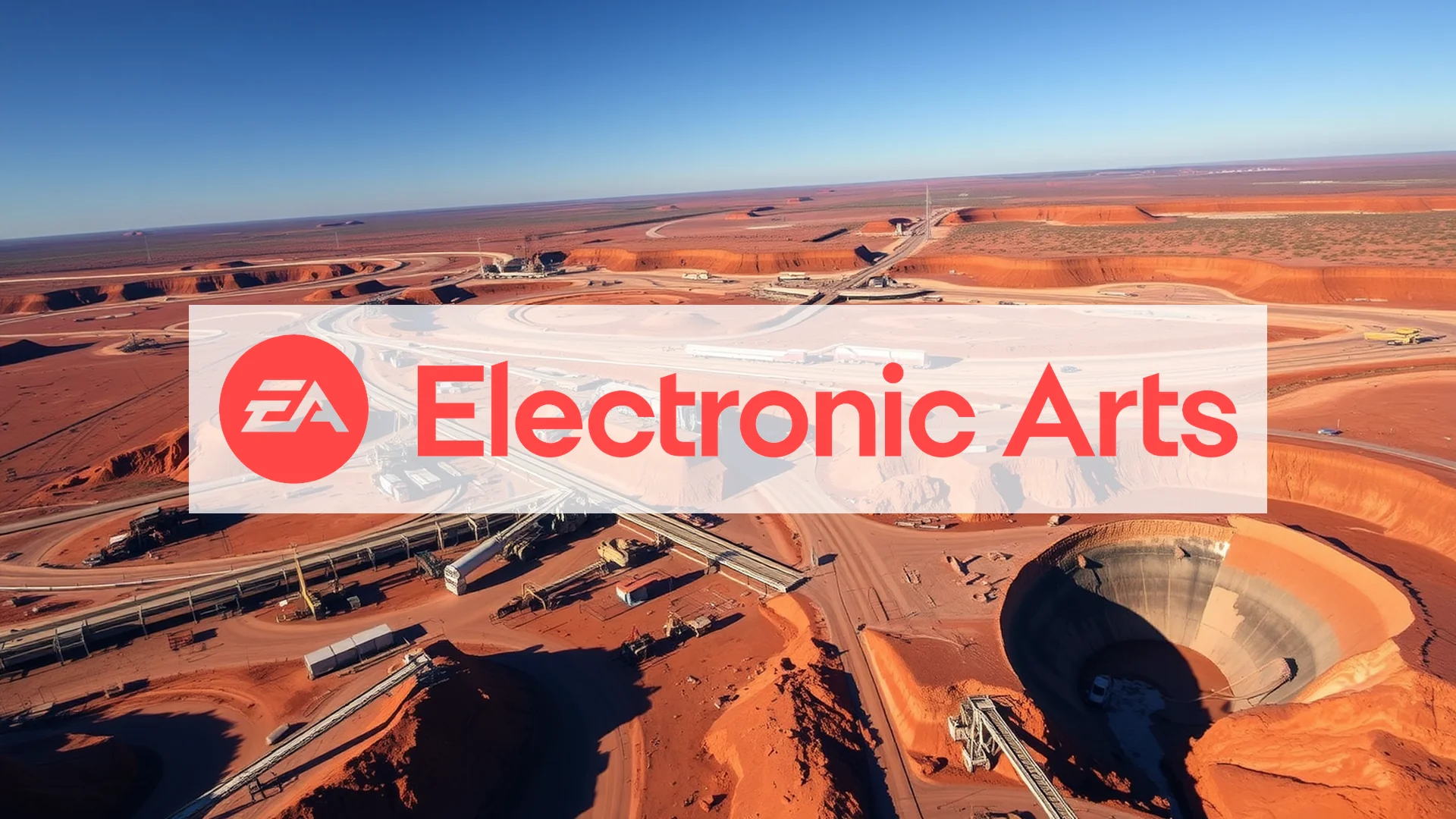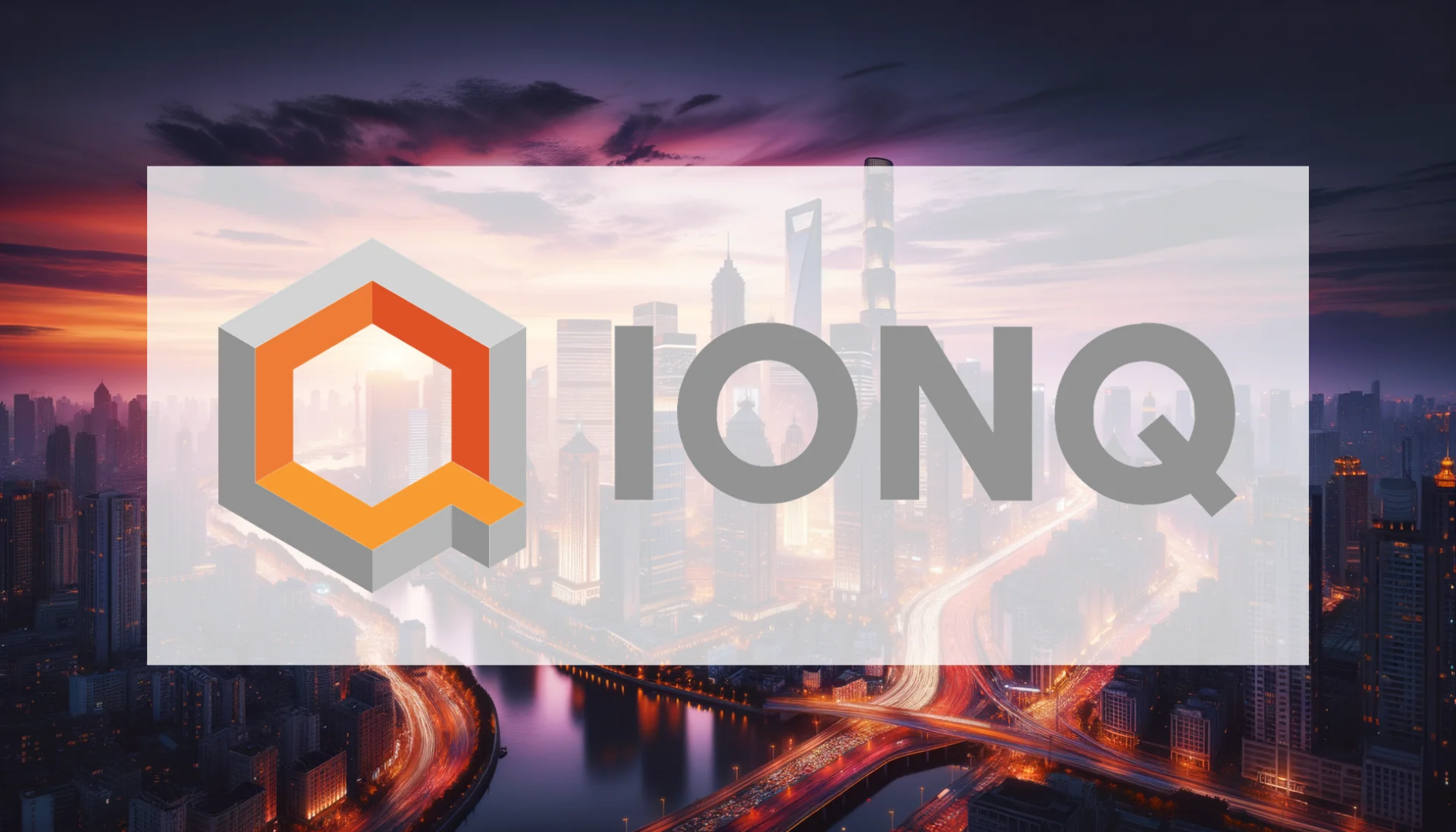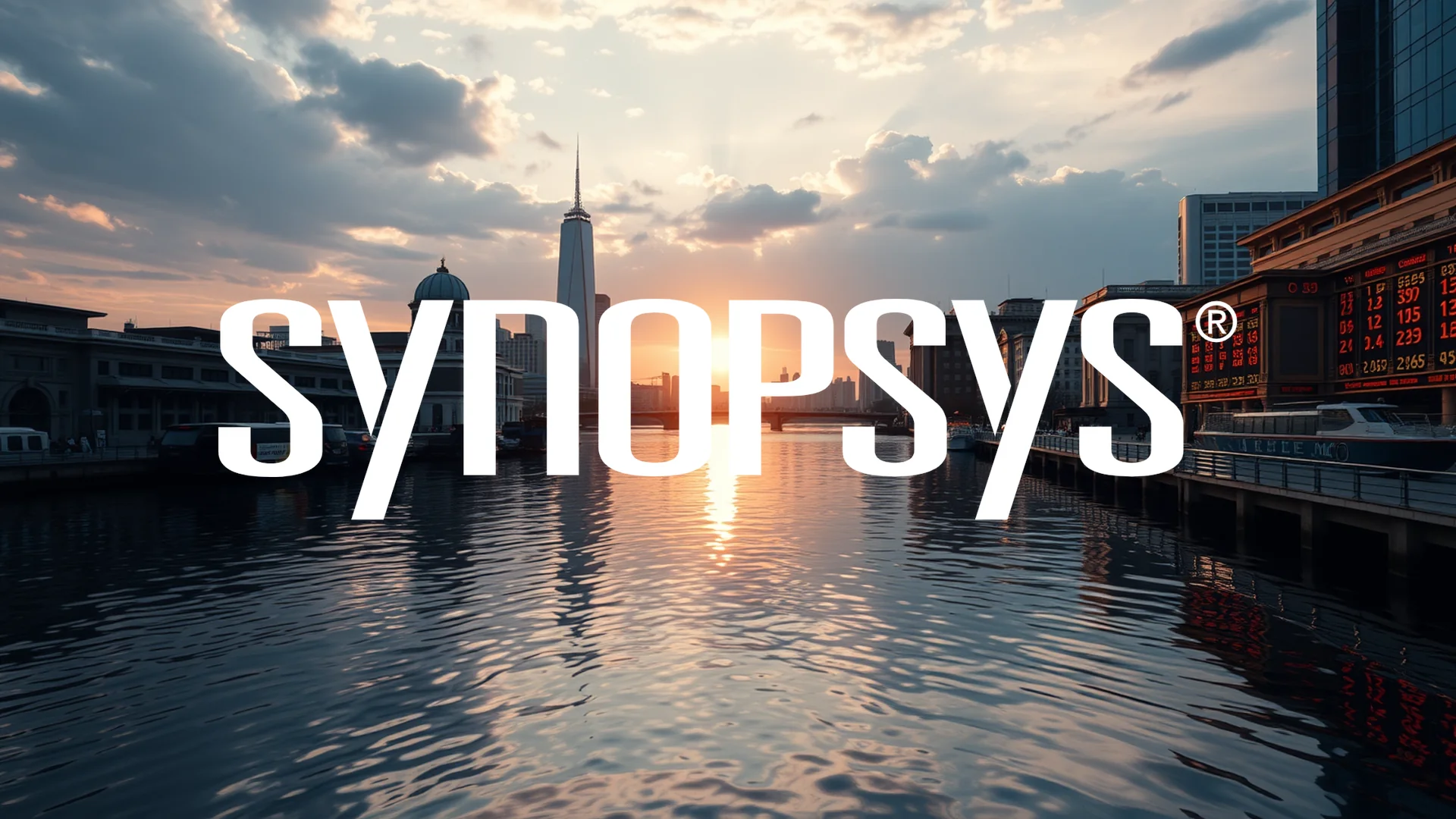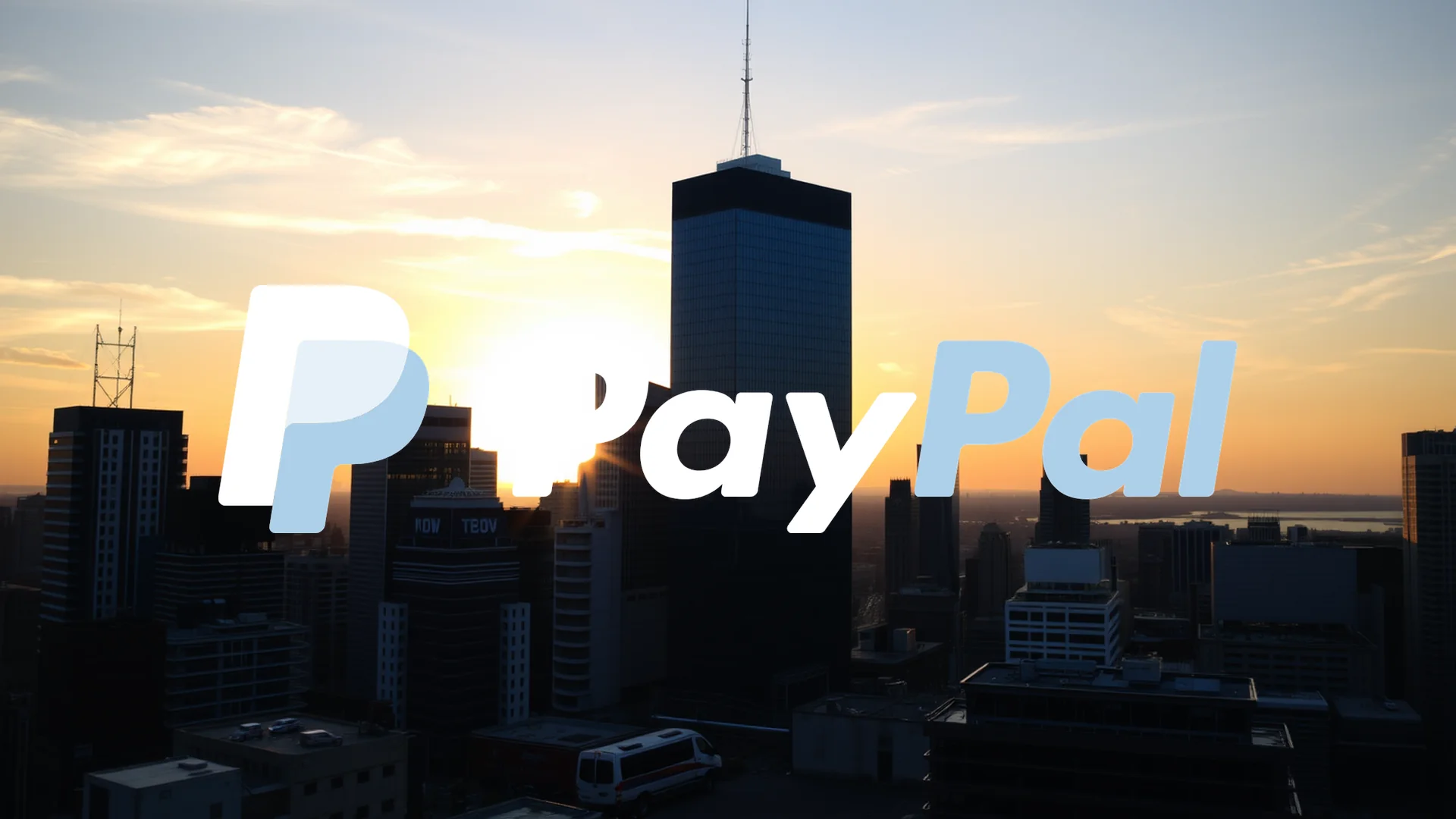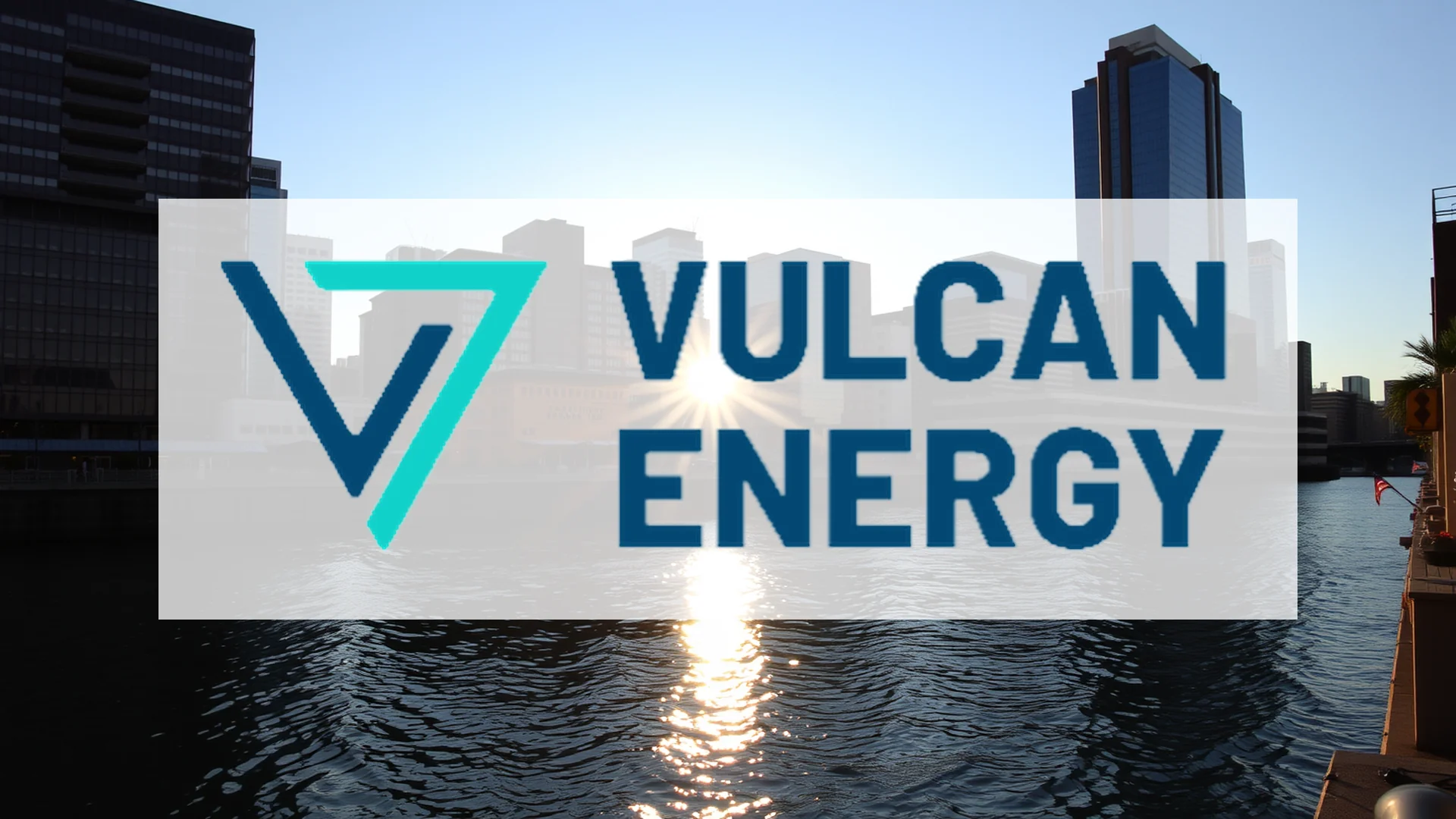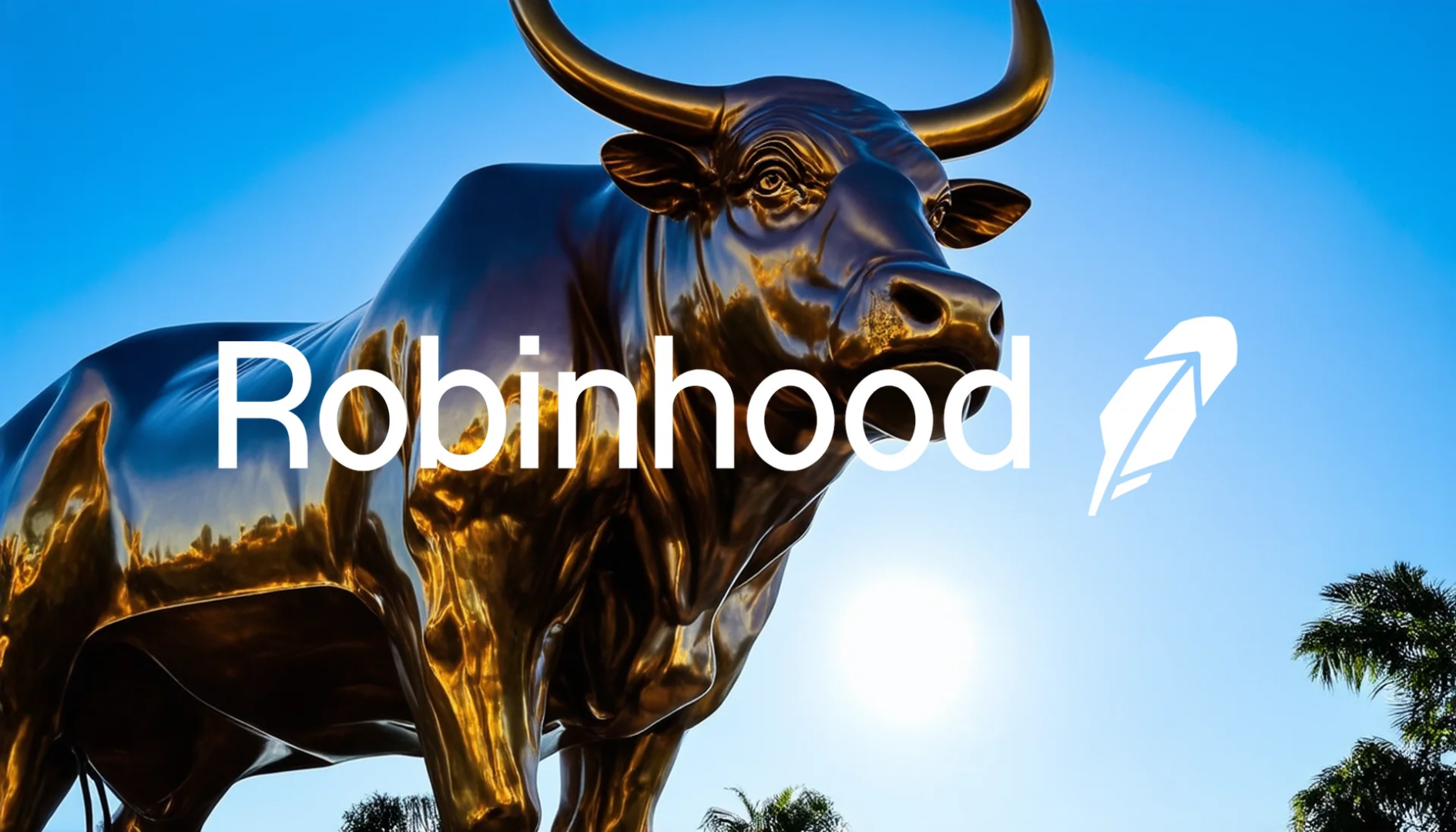A landmark private equity acquisition is delivering Electronic Arts shareholders a substantial premium, yet simultaneously marking the conclusion of their investment journey. A powerful consortium is set to acquire the gaming developer for a staggering $55 billion, offering investors a fixed price of $210 per share. This transaction prompts a critical examination of its drivers and the rationale for shareholders to consider exiting their positions.
Unprecedented Acquisition Backed by Saudi Wealth
The bidding group, which includes Saudi Arabia’s Public Investment Fund (PIF), the private equity firm Silver Lake, and Jared Kushner’s Affinity Partners, is presenting a firm offer of $210 for each share of Electronic Arts stock. This valuation stands approximately 25 percent above the trading price observed before news of the acquisition plans became public. At a total value of $55 billion, the deal establishes a new historical record, eclipsing even the famed 2007 TXU buyout.
The structure underpinning this colossal transaction is as notable as its scale, carrying significant financial risk. The purchasing consortium is contributing $36 billion of capital, while J.P. Morgan is furnishing approximately $20 billion in debt financing. This considerable leverage has already attracted scrutiny from credit rating agencies. In response, S&P Global Ratings has placed Electronic Arts on “CreditWatch negative,” reflecting concerns over the company’s future debt burden.
Market Analysts Suggest Exit Strategy is Clear
The consensus among financial analysts is unambiguous. Firms including Roth Capital and Argus Research have uniformly pegged their price targets at $210, accompanying this with recommendations of “Neutral” or “Hold.” The logic is straightforward: with the acquisition nearly certain to proceed at this specific price, there is minimal potential for further share price appreciation for current investors.
Should investors sell immediately? Or is it worth buying Electronic Arts?
While the shift to a privately held company will liberate Electronic Arts from the quarterly earnings pressure of the public market, allowing for more long-term strategic planning, this transition represents a final outcome for existing shareholders. The company will subsequently operate outside of the public eye, with the new ownership consortium positioned to reap the future rewards of its strategy.
The Path Forward for Current Investors
With the acquisition’s completion highly probable and the current share price hovering near €171, the primary decision facing investors is the timing of their exit. The transaction is projected to finalize sometime next year; however, the stock’s trading range is already tightly constrained around the offer price. The upcoming quarterly report, scheduled for release on October 28th, is unlikely to produce any major surprises that would alter this dynamic. For all practical purposes, the outcome for public shareholders is already determined.
This deal initiates a new, private chapter for Electronic Arts, free from stock market oversight. For its shareholders, however, the journey on Wall Street concludes. They are presented with a generous premium but no further prospects for participation in the company’s future. In the world of investing, the largest deal can sometimes also signal the end of the story.
Ad
Electronic Arts Stock: Buy or Sell?! New Electronic Arts Analysis from November 21 delivers the answer:
The latest Electronic Arts figures speak for themselves: Urgent action needed for Electronic Arts investors. Is it worth buying or should you sell? Find out what to do now in the current free analysis from November 21.
Electronic Arts: Buy or sell? Read more here...

